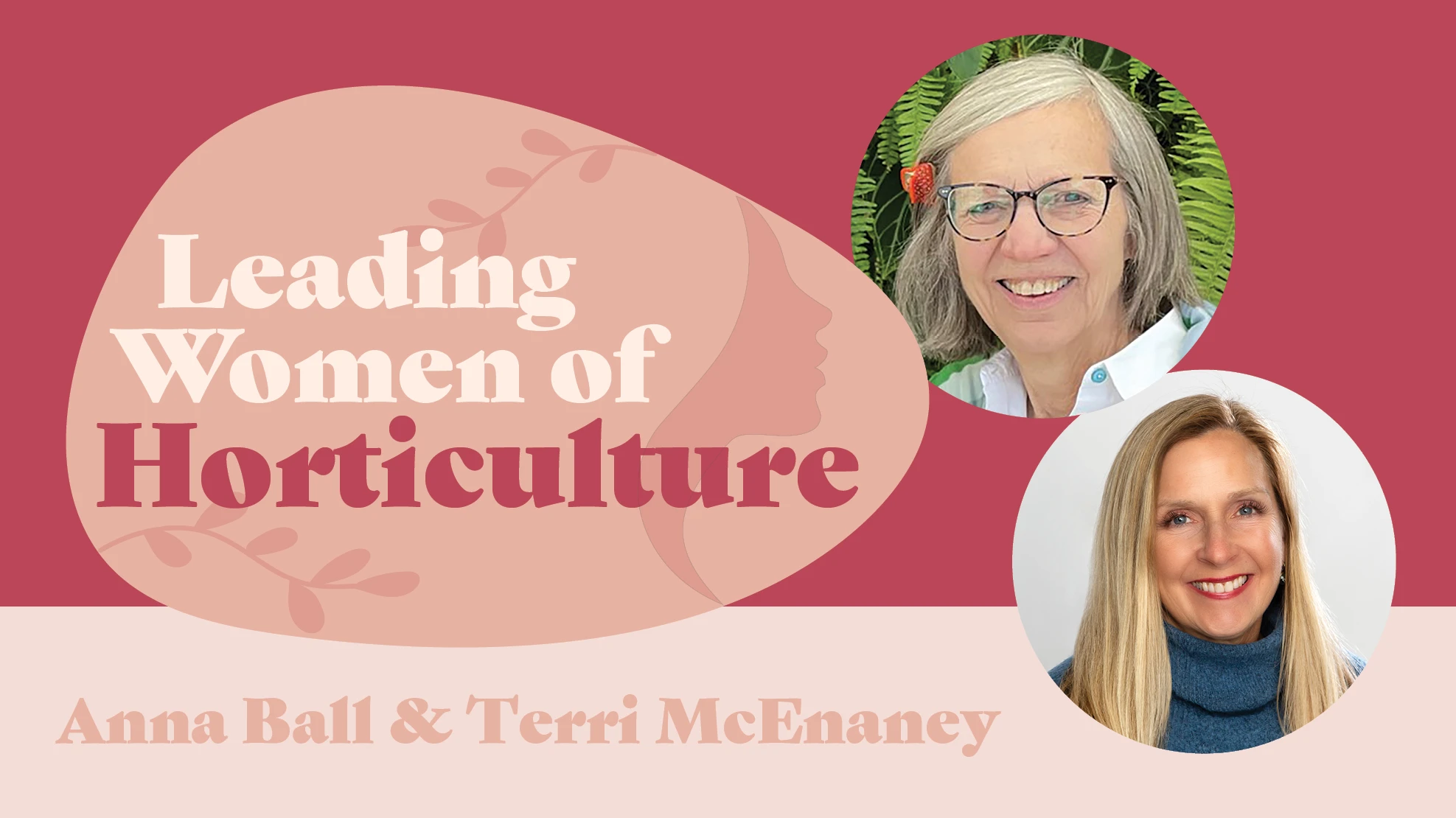
Leslie F. Halleck starts her new book, “Gardening Under Lights: The Complete Guide for Indoor Growers” with a question:

“My window is bright enough, right?” It’s a question retailers likely know all too well, cuing a lengthy explanation on why a plant often needs more than just a window. New indoor plant growers need to know what lights and tools are needed, how to use them and how to properly care for their new leafy loved ones.
“Artificial lighting is complex, and there is a lot of misinformation in the marketplace, which can ultimately lead to wasted resources. To make good grow-lighting choices and produce better yields, it is necessary to grasp some basic botany and light science,” Halleck says in her book.
Explaining everything a new customer needs to know about indoor gardening is time-consuming and can be intimidating. What may be obvious to garden center employees or owners could seem complex to customers, which could dissuade them from trying their hand at indoor growing.
Halleck’s book walks readers through the basics and turns potentially confusing concepts into common knowledge. Her book starts with the basics, like the science behind light and why plants need it, and then moves onto what equipment is needed and how to use it. The second half of the book offers detailed growing guides for specific ornamental and edible plants — everything from cucumbers to cannabis and orchids to succulents — that perform well under lights indoors, giving new growers a solid list of ideas and plants that they could buy from your independent garden center.


By the book’s fourth chapter, “Grow Lamps,” readers are well-equipped with a good understanding of how much light they need for their plants. This chapter eases into the options of lights available for different plants and how to use them. And like rest of the book, it answers the questions new growers might not know to ask.
Along with being an easy-to-follow guide for new indoor growers, Halleck’s book is full of images — some from her own indoor gardening spaces — that showcase the idea that grow lamps don’t have to look industrial or be sequestered to the basement. “Gardening Under Lights” doesn’t just tell you how to have an aesthetically pleasing and successful indoor garden — it shows you.
Excerpt from page 52:
GROW LAMPS
Now that you are armed with an in-depth understanding of how your plants respond to light and how much light they need, you can choose the right lamps for your home-growing needs. Many indoor gardeners wonder if they can use shop lights. It’s possible, but you will not get the same results, efficiency, or aesthetics from standard shop lights or other common household lamps. You will likely end up with a lot of unwanted heat, wasted electricity, and less useful light. As a general rule, the less expensive the purchase price of the light setup, the more expensive and less effective it is to run. You will get much better results if you provide the right intensity of selective or full-spectrum light that is specific to plant growth.
Here are a few key factors you should consider when choosing the type of lamp, or combination of lamps, you will use to grow your plants: the spectrum of light provided; that is, the balance of cool and warm colors and how much of each is provided; the usable quantity of light the lamp provides; the amount of heat output from the lamp; and the amount of light, or the number of hours, you intend to light your plants given their daylength requirements and the lamp’s energy efficiency.
Don’t base your lighting decisions solely on the number of electrical watts the lamp needs. Watts are an input requirement of the lamp, not an output of resources for your plant.
When comparing grow lamps, don’t rely solely on the listed lumens of the lamp. Lumens are a general measure of brightness for the human eye, not a measure of usable light for photosynthesis.
Ultimately, the type of lamp you will need depends on the types of plants you are growing (leafy, flowering, or fruiting), the number of plants you will be growing, the size of the plants, and the dimensions of your growing space.
WANT MORE?
Enter your email to receive our newsletters.

Explore the July 2018 Issue
Check out more from this issue and find your next story to read.
Latest from Garden Center
- Society of American Florists accepting entries for 2025 Marketer of the Year Contest
- Sustainabloom launches Wholesale Nickel Program to support floriculture sustainability
- American Horticultural Society welcomes five new board members
- Color Orchids acquires Floricultura Pacific, becoming largest orchid supplier in U.S.
- American Floral Endowment establishes Demaree Family Floriculture Advancement Fund
- The Growth Industry Episode 3: Across the Pond with Neville Stein
- Proven Winners offers Certified Garden Center Training for staff education
- Digging In Association hosts inaugural Platinum Trowel Awards at winter conference






